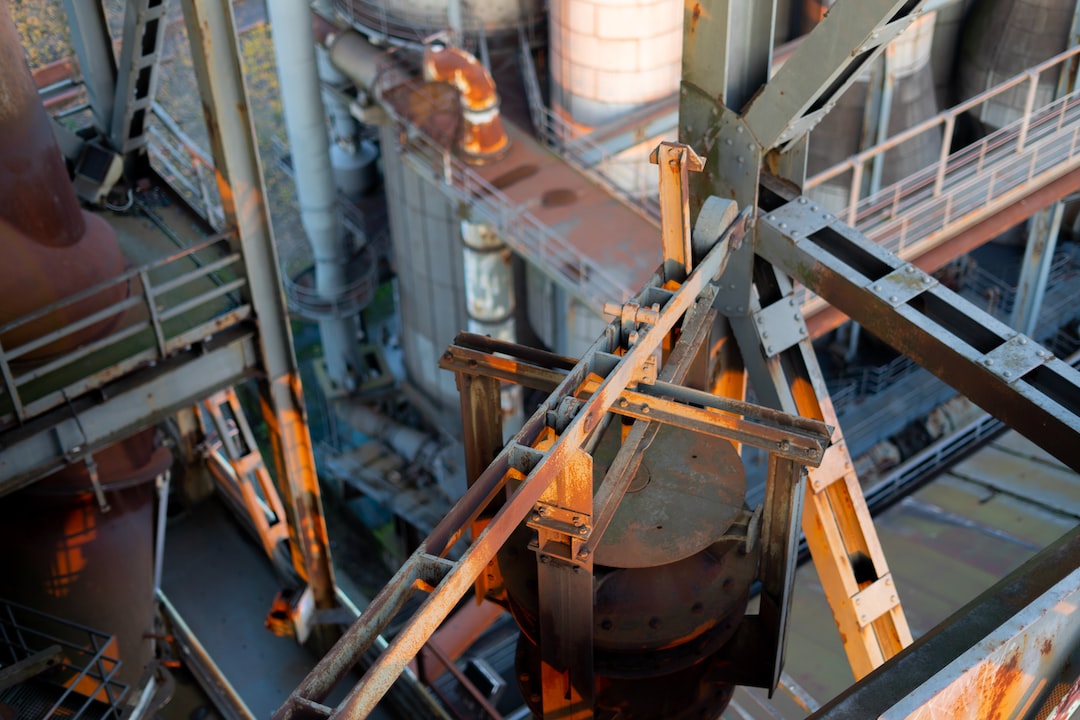In today’s interconnected world, globalization has revolutionized several industries, with manufacturing being at the forefront of this change. The influence of globalization on manufacturing trends and strategies cannot be overstated. This blog post will delve into the various aspects of this influence and how it has transformed the manufacturing landscape.
One of the most prominent effects of globalization on manufacturing is the change in production locations. In the past, manufacturing was primarily concentrated in a few developed countries such as the United States, Japan, and Germany. However, due to globalization, companies have recognized the benefits of shifting production to emerging economies with lower labor and production costs. Countries like China, India, and Mexico have become manufacturing powerhouses due to their abundant labor force, advanced infrastructure, and supportive government policies. This shift in production locations has led to significant changes in global supply chains and trade patterns.
Furthermore, globalization has not only affected where products are manufactured but also how they are manufactured. The integration of advanced technologies into the manufacturing process has become crucial for companies to remain competitive in the global market. Automation, artificial intelligence, and robotics have greatly enhanced productivity and efficiency in factories worldwide. These technologies allow manufacturers to automate repetitive tasks, minimize human errors, and streamline operations.
Additionally, globalization has facilitated the outsourcing of various manufacturing activities. Companies now have the flexibility to outsource specific functions such as component manufacturing, assembly, or logistics to specialized firms, often located in different countries. This practice enables companies to focus on their core competencies while reducing costs and increasing efficiency. Outsourcing has become a strategic tool that manufacturers leverage to remain agile in a rapidly changing global marketplace.
Another significant impact of globalization on manufacturing is the emergence of global supply chains. Companies are no longer limited to sourcing raw materials and components from within their borders. Instead, they can tap into a global network of suppliers, thereby accessing a wider variety of resources at competitive prices. This not only reduces costs but also provides manufacturers with the opportunity to collaborate with suppliers from different countries, fostering innovation and knowledge sharing.
Furthermore, globalization has revolutionized customer expectations and demands. As information flows freely across borders, consumers have become more aware of product choices, pricing, and quality. They seek products that meet their specific needs and preferences, irrespective of their country of origin. Manufacturers must adapt to these changing customer expectations by offering a diverse portfolio of products, customization options, and shorter lead times.
Moreover, globalization has led to increased competition among manufacturers worldwide. With easier access to international markets, smaller companies can now compete with large multinational corporations. This intense competition has driven manufacturers to constantly innovate, improve quality, and reduce costs. To remain competitive, companies must invest in research and development, advanced manufacturing technologies, and employee training. The globalization of manufacturing has created a level playing field, rewarding those companies that can adapt to the changing dynamics of the global market.
Lastly, sustainability has become a significant consideration for manufacturers influenced by globalization. Environmental concerns, ethical sourcing, and social responsibilities are at the forefront of manufacturing strategies. Globalization has made it easier for consumers to gather information about a company’s environmental and social impact. To maintain a positive brand image and satisfy consumer demands, manufacturers are adopting sustainable practices, reducing waste, and investing in renewable energy sources.
In conclusion, the influence of globalization on manufacturing trends and strategies cannot be ignored. It has transformed the production landscape, enabling companies to explore new markets, innovate, and optimize their operations. From shifting production locations to integrating advanced technologies, globalization has revolutionized the manufacturing industry. By embracing this trend and adapting to the changing dynamics of the global market, manufacturers can position themselves for success in an increasingly interconnected world.

